Bowling Forward
I recently went one on one with Jim Decker, President of the Bowling Proprietor’s Association of America (BPAA), the trade association for 3,400+ bowling centers in the U.S.
Adam: What are some things about the sport of bowling and the bowling industry that would surprise people?
Jim: Bowling is the most popular participatory activity in the United States, topping everything from basketball to golf and beyond. More than 67 million people went bowling at least one time last year, which means nearly a quarter of all Americans hit the lanes. It’s actually held the top spot among all the participatory sports for nearly a decade, which I think would surprise a number of people.
Adam: How did you get here? What experiences, failures, setbacks or challenges have been most instrumental to your growth?
Jim: I’m a second-generation proprietor and learned the business from my father. After he passed away, I took over the family business and continued to operate pretty much in the same manner as he did with a few minor tweaks here and there. In the summer of 2000, there was a fire at the center, and we had to close for nearly a year in order to make all the necessary repairs. This period gave me time to reevaluate our business model, and when we were ready to reopen we were able to make some changes to the facility itself and to our operations that made things safer and run more efficiently. The fire was actually a blessing in disguise, as the business started to thrive once we were able to reopen again.
Adam: Your industry is experiencing its greatest upheaval since the 1920s when centers were banned for serving alcohol during Prohibition. How have you led through this crisis and what advice do you have for other leaders on how to effectively lead during times of crisis?
Jim: In my nearly 50 years as a bowler, I cannot remember a time that our industry has been through anything like what we are seeing now with the coronavirus pandemic. Due to numerous factors determined by individual states, bowling centers have been reopening sporadically across the country. Some states have had bowling centers open for a few months now, while others have either not yet reopened at all or have on a very limited basis with certain restrictions including capacity limits, constraints on food sales, and the closure of other features that make bowling centers entertainment destinations like laser tag, mini golf, arcades, and more. This presents a problem as I try to lead our industry through this time of crisis because there is no one-size-fits-all solution for bowling, and I think it is important that we realize that. For now, I am trying to lead by formulating strategies that are catered to specific problem areas, work them out, and then replicate them elsewhere. Within some states, different counties are regulating our sport in different ways, so we must continue to adapt in order to save these businesses.
Adam: In your experience, what are the defining qualities of an effective leader? How can leaders and aspiring leaders take their leadership skills to the next level?
Jim: I think that effective leaders surround themselves with good people. It’s always a good idea to reach out, hear other people’s opinions, get their input and let them share their ideas because not only does it empower your team, but it also provides the perspective necessary to weigh all the factors and make more informed decisions. Having experienced the effects of this pandemic with my fellow owners, I’m not sure we’d be back where we are today if we at the Bowling Proprietors’ Association of America didn’t listen to our 3,400-plus member centers nationwide. They’ve provided so much interesting feedback and data from those with boots on the ground in their respective states, and that has helped us get almost every state back to bowling in some capacity.
Adam: What are your three best tips applicable to entrepreneurs, executives and civic leaders?
Jim: Again, the first thing I’d say is that every leader should surround him or herself with good people. From the bowlers themselves to the staff, bowling centers provide such a great sense of community, and leaders in other industries would surely agree that a strong bond or sense of togetherness between members is critical for any group to achieve its potential.
Second, I’d highly recommend networking with your peers. Personally, I love hearing what center operators are doing across the country because it helps me make my lanes better for my bowlers. So many people think they can revolutionize their industry, but if they aren’t open to learning from those who have paved the way, they’ll find it much more difficult to be successful.
On the flip side of that, be willing to share your ideas, as you may learn a thing or two along the way. Just like my last tip, being a part of your industry’s community is critical, and it is not a one-way street. You have to be willing to put yourself and your ideas out there and be receptive to constructive criticism because that can be key to learning and growth.
Adam: What is your best advice on building, leading and managing teams?
Jim: The two best pieces of advice that I can give are to lead by example and never criticize somebody in front of someone else. People want to work for leaders who are collaborative and listening, and that knowledge has allowed me to get the most out of people with whom I’ve worked in my career. At the same time, there’s no value in treating employees (or anyone, frankly) in a negative way simply to elicit a public response. If you need to critique or reprimand someone, it’s critical to do so in a private manner so the person knows you respect them and understands that the criticism is important for their personal growth. Making a public showing of treating someone poorly says a lot more about your character than it does about the person on the opposing end.
Adam: What are the best leadership lessons you have learned through bowling?
Jim: The number one lesson I’ve learned is to give direction but let others work on their own. In my experience, people do not like being micromanaged because it puts pressure on them and ultimately isn’t conducive to their growth. By giving my employees autonomy, I can really help them become their best selves. To that point, I think it’s important for me to praise my employees and give them credit when projects go well, but also to take personal responsibility when things go poorly. As a leader, it’s important that I emphasize we are a team and blaming others does not accomplish that at all.
Adam: What are your thoughts on the future of bowling?
Jim: I see bowling making a comeback once this pandemic is over. It might take until there is an effective vaccine to fight the virus, but I don’t see bowling ever going away – it’s still going to be the same fun activity that it has always been. People are social by nature and will certainly want to be around others again it’s safe to do so, and bowling provides the perfect platform for social.

